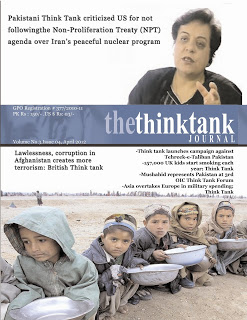Donald Trump’s trade policy aims to shield the US from economic exploitation by imposing tariffs on foreign goods. However, critics argue that these measures could lead to a broader conflict against global trade. Alan Wm. Wolff, writing for the Peterson Institute for International Economics, cautions that Trump’s proposed tariffs might incite a “war against trade itself.”
A History of Protectionism
Trump, a Republican candidate, has made tariffs a cornerstone of his trade strategy, proposing a universal 10% duty on all imports to the US, with tariffs on Chinese goods potentially reaching 60%. While this approach is intended to protect American industries, historical precedents suggest it could have severe repercussions.
The Great Depression and the 1930 Tariff Act
The last time the US implemented widespread tariffs was during the Great Depression. In response to struggling farmers, the 1930 Tariff Act imposed tariffs across various industries, raising average import duties by 47%. This led to immediate global retaliation, with countries like Great Britain imposing tariffs up to 50%. Economists agree that these high tariffs exacerbated the Great Depression, causing US unemployment to skyrocket to 25%.
- Convicted Trump: What’s Next for U.S. Trade Policies?
- Kim Prepares Satellite Surprise: A Welcome Gift for Trump?
- Trade Madness: Could Trump’s Tariffs Trigger Economic Turmoil?
- Trump vs. Royals: Trump’s Tough Talk Rocks UK Monarchy
Potential Economic Consequences
Currently, US tariffs average around 3%. Trump’s proposed increase could drastically change this landscape, potentially harming consumers and the economy. Research from the Peterson Institute estimates that such tariffs could cost consumers 2% of US GDP, totaling $500 billion annually. Households might see an additional $1,500 per year in expenses due to these tariffs. Harvard economist Kenneth Rogoff also warns of potential inflationary effects.
Ongoing Trade Tensions
Trade wars aren’t a new concern. Even before Trump’s proposals, tensions with China had been escalating. China’s rapid increase in advanced manufacturing has led to a surplus of products needing export, potentially triggering a trade war. President Biden has also imposed tariffs on Chinese tech exports, but these measures are not as extensive as Trump’s plan. Biden’s 50% tariffs on Chinese semiconductors target a relatively small trade volume compared to the broader impact of Trump’s proposed tariffs.
The Impact of Comprehensive Tariffs
Unlike Biden’s targeted approach, Trump’s plan involves increased tariffs on all products from all countries, a strategy Wolff describes as “America Alone.” This isolationist policy contrasts sharply with current global trade practices and could lead to widespread economic consequences.
The Tax Cuts and Jobs Act: Another Controversial Policy
Trump’s administration also implemented the Tax Cuts and Jobs Act, significantly lowering the US corporate tax rate from 35% to 21%. While this was intended to stimulate the economy, it disproportionately benefited higher-earning households and corporations, with minimal relief for the middle and lower classes. The reform incentivized repatriation of overseas assets, affecting international financial flows and potentially leading to global tax competition.
Implications for Developing Countries
The tax reform’s global impact is multifaceted. While it might temporarily boost global growth, the benefits are likely to be short-lived due to rising US budget deficits and regressive impacts on income distribution. Developing countries, heavily reliant on corporate taxes, may suffer from the resulting international tax competition. The US’s unilateral approach to tax reform and avoidance issues further complicates the situation for these nations.
Global trade conflicts
Trump’s proposed trade policies, including sweeping tariffs and significant tax reforms, could have far-reaching economic implications. While intended to protect American interests, these measures risk igniting global trade conflicts and economic instability. Historical lessons from the Great Depression underscore the potential dangers of such protectionism. As the global economy braces for potential changes, the focus must remain on balancing protectionist policies with sustainable trade practices to avoid repeating past mistakes.



